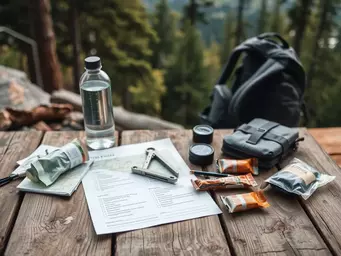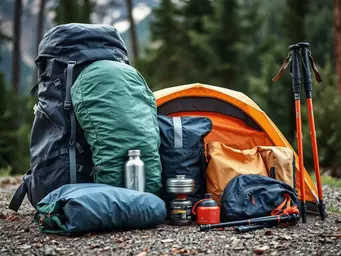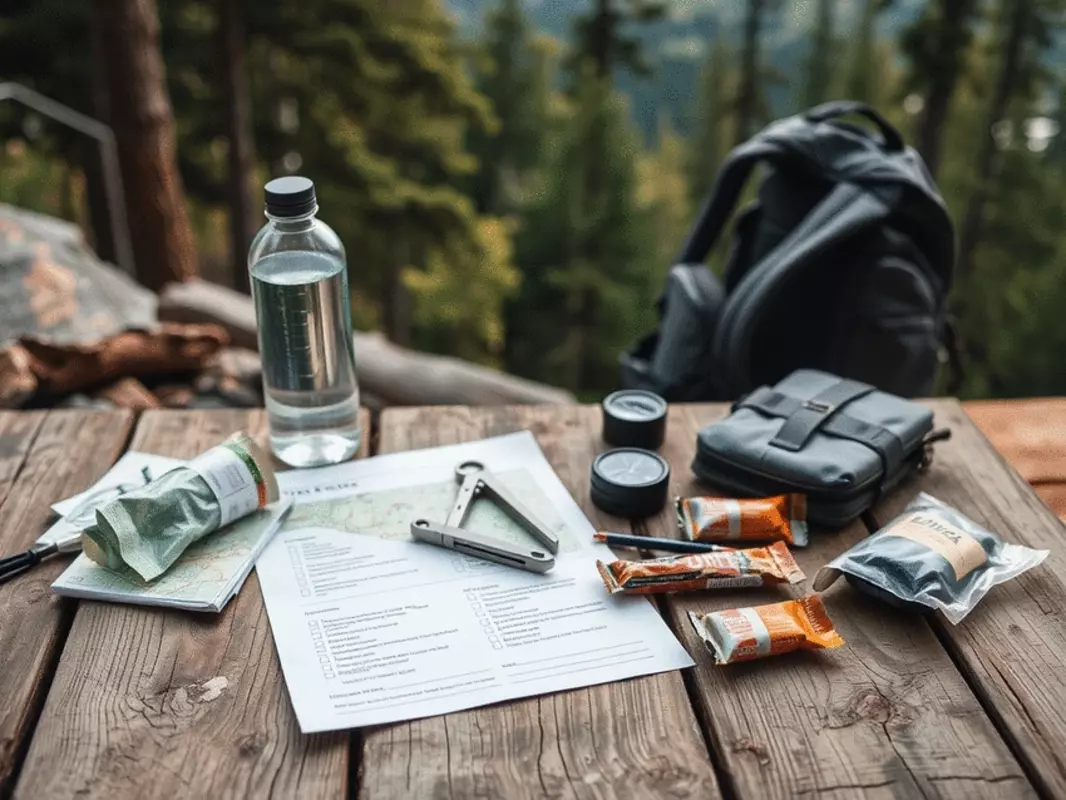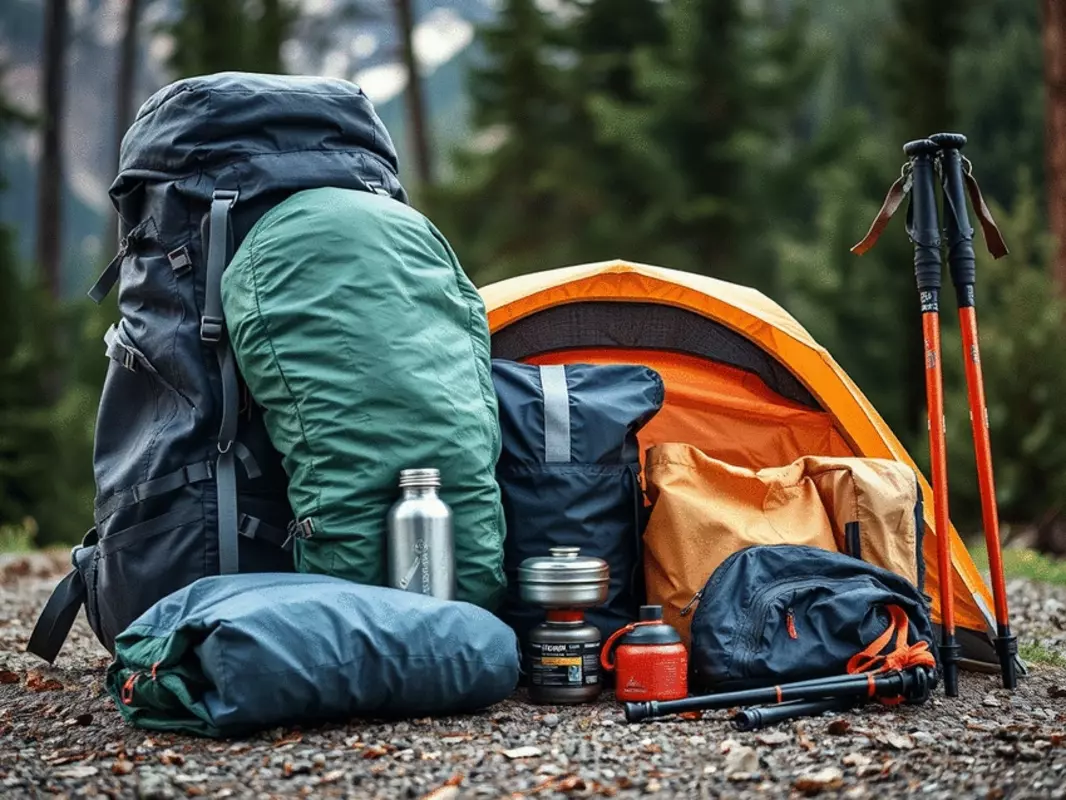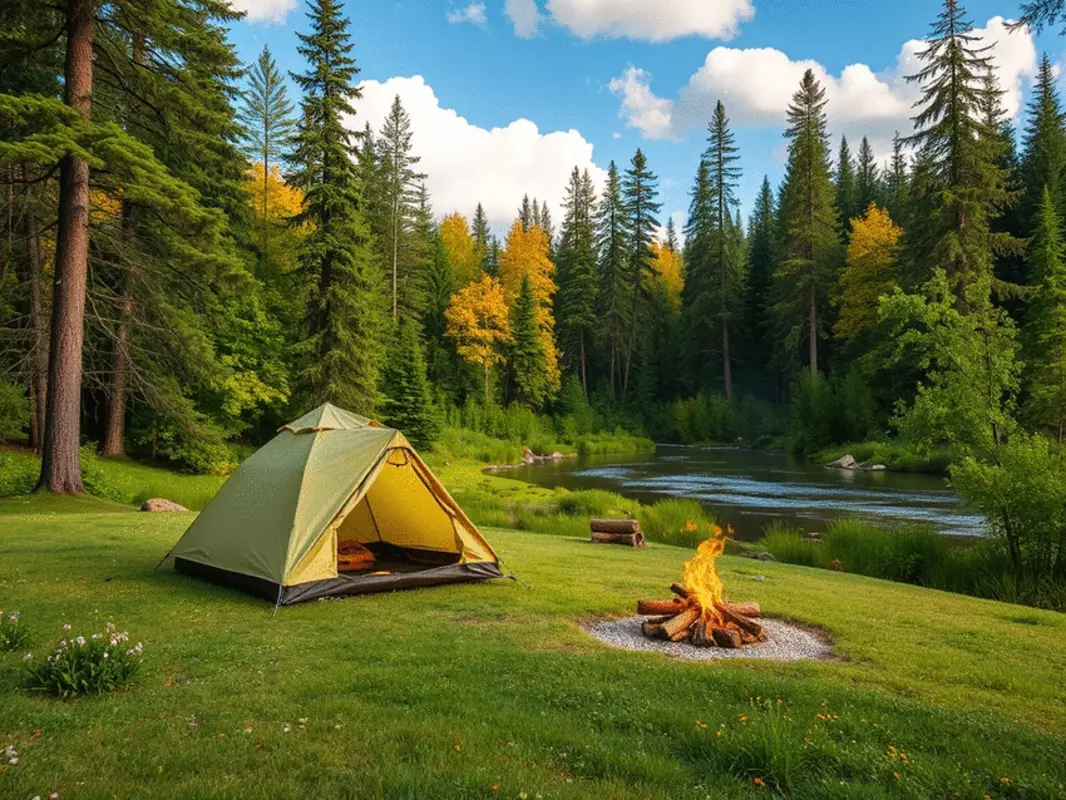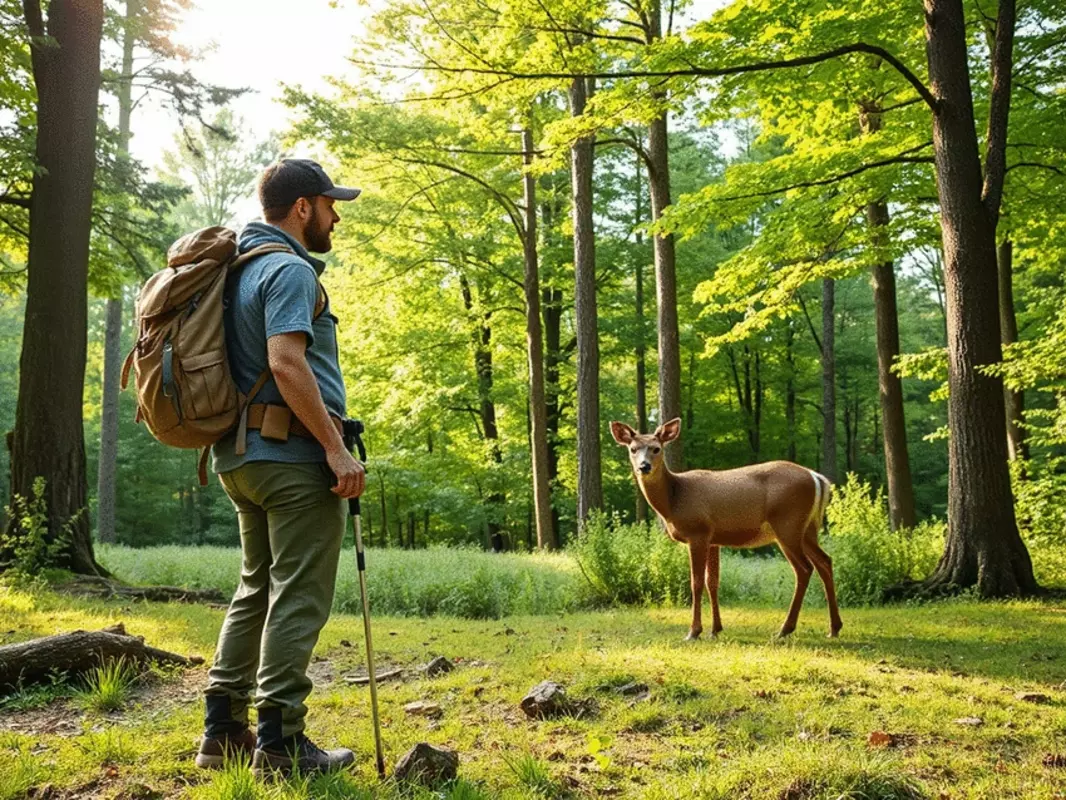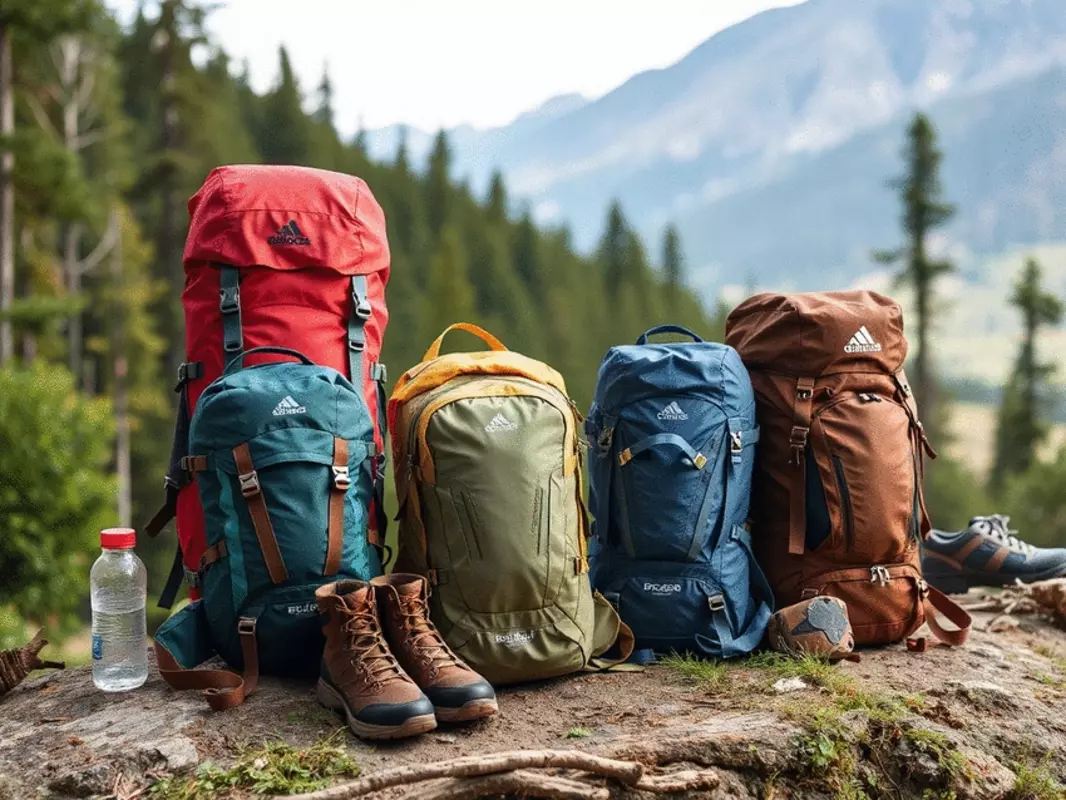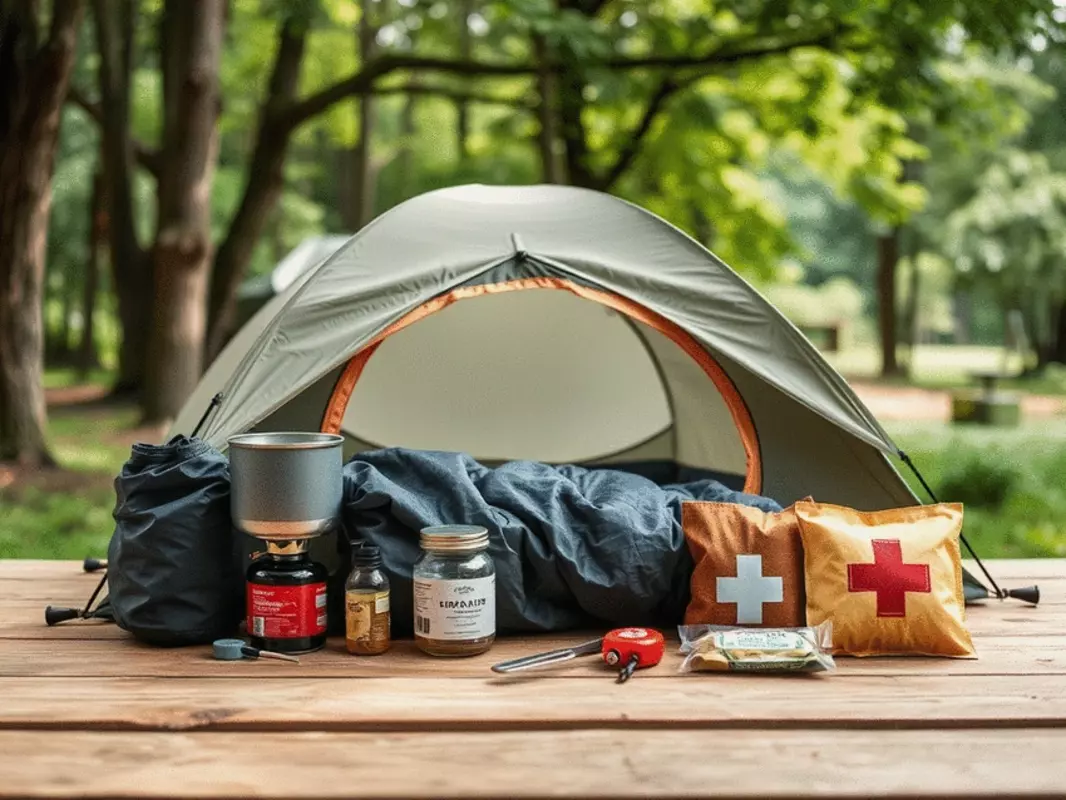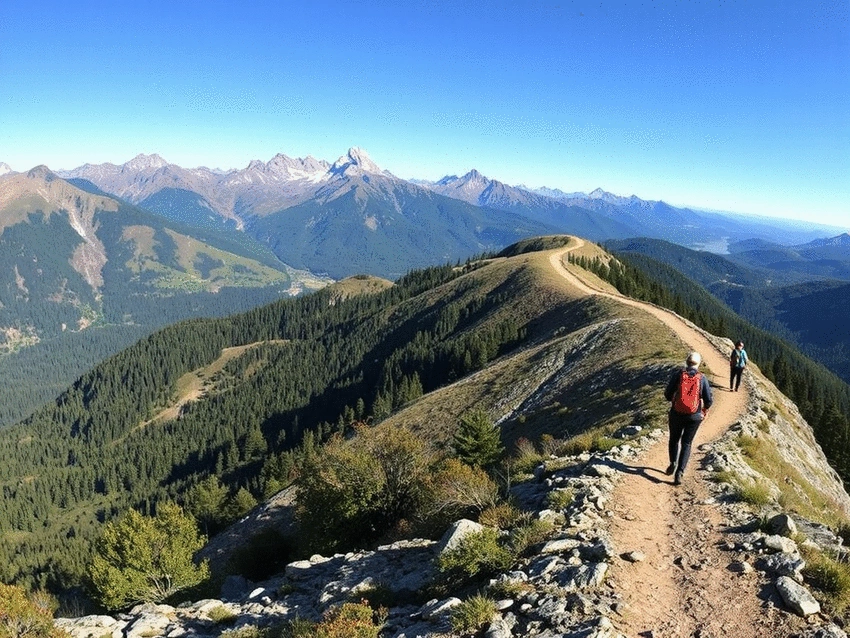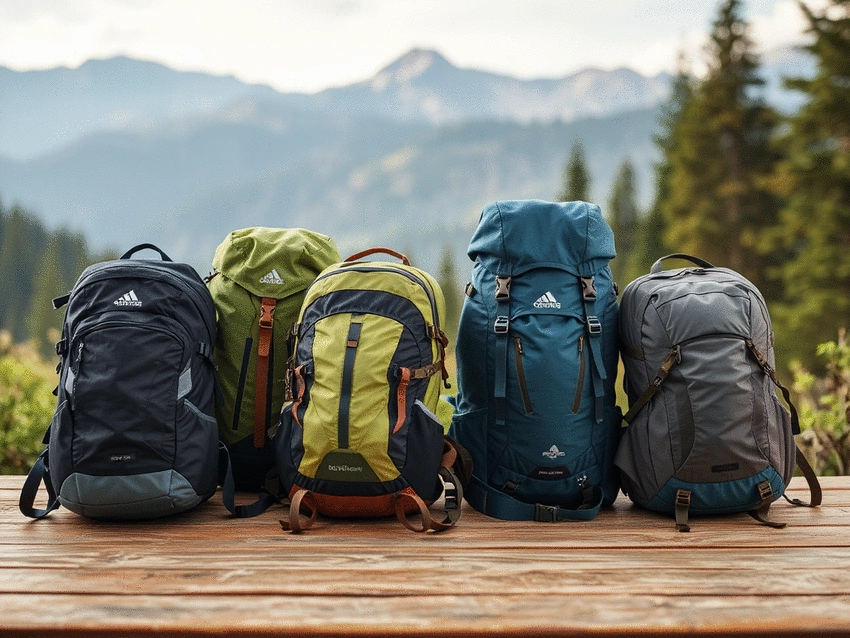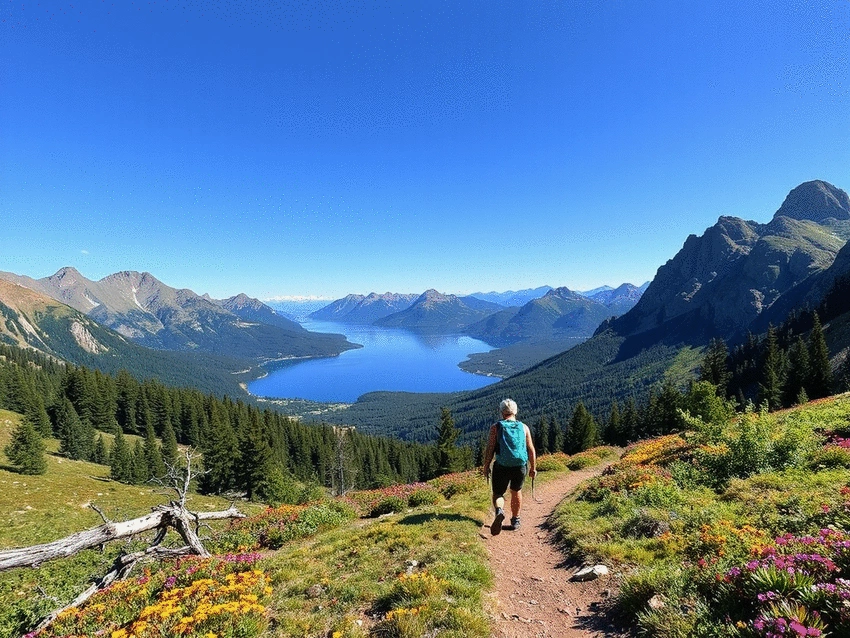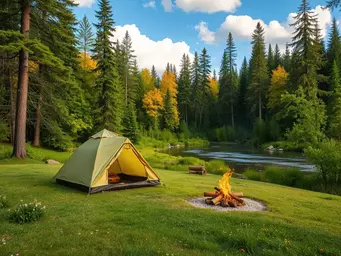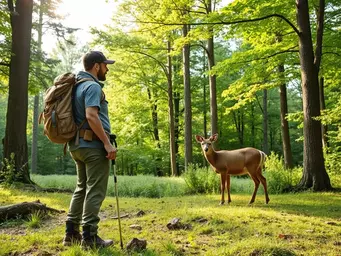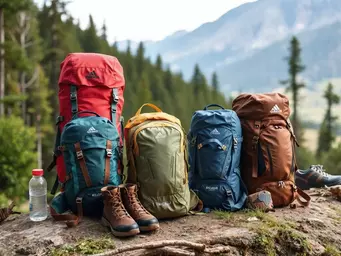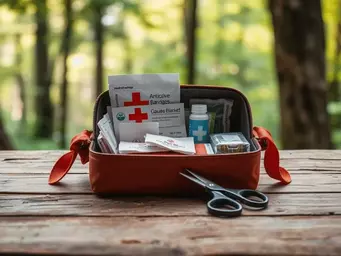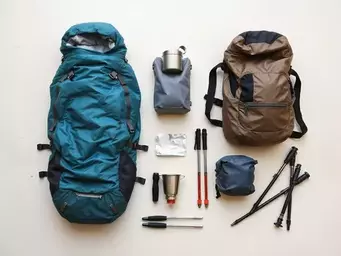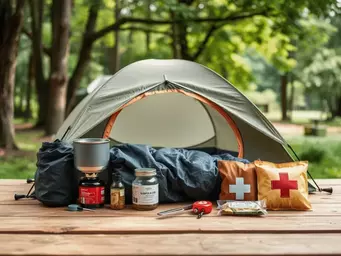Packing List for Hiking Trails

Before you embark on your next hiking adventure, consider this: the right preparation can transform a challenging trek into a memorable journey. What if you had a foolproof checklist to ensure a safe and enjoyable experience on the trails?
What You Will Learn
- Understand different hiking types—day hikes, overnight trips, and long-distance treks—and tailor your packing list accordingly.
- Learn to assess environmental factors such as weather and terrain to make informed packing choices for safety and comfort.
- Discover essential clothing layers, including moisture-wicking base layers, insulating layers, and protective outer shells.
- Choose the right footwear by evaluating the terrain: hiking boots for rugged paths versus shoes for well-maintained trails.
- Find the perfect backpack by considering size, weight distribution, and capacity to ensure comfort during your hike.
- Equip yourself with navigation and safety gear, including GPS devices, maps, and emergency tools to enhance your hiking experience.
Key Considerations for Your Hiking Packing List
Before any hiking adventure, understanding the type of hike, environmental factors, and essential gear is crucial. The visual below outlines these core components to help you tailor your packing strategy effectively.
Understanding Your Hiking Needs: What to Consider Before Packing
Before you hit the trail, it’s crucial to consider your unique hiking needs. Understanding the type of hike you’re undertaking—whether it’s a quick day hike, an overnight adventure, or a long-distance trek—will help you tailor your packing list effectively. This will ensure you have everything you need for a safe and enjoyable experience!
Identifying Trail Types and Lengths
Let’s explore the differences between various trail types:
- Day Hikes: These are typically shorter and allow you to return home the same day. Packing light is essential, focusing mainly on snacks, water, and basic safety gear.
- Overnight Trips: For these hikes, you’ll need to include camping gear like a tent and sleeping bag, along with food and cooking supplies. Think about the weight you’ll be carrying and pack wisely!
- Long-Distance Trails: These require extensive planning—consider how many days you will be out, the terrain, and the weather conditions. Your packing list should be thorough, ensuring comfort and safety over longer periods.
By identifying the type and length of your hike, you can create a more effective packing strategy that suits your adventure.
Assessing Environmental Factors
Weather conditions, terrain types, and destination-specific challenges can greatly influence your packing choices. For instance, if you anticipate rain or snow, having a waterproof jacket and appropriate footwear is essential. On the other hand, if you’re hiking in warm weather, moisture-wicking fabrics will keep you cool and dry!
- Weather: Always check the forecast before you leave. Adjust your gear based on expected temperatures and precipitation.
- Terrain: Rocky paths may require more durable footwear, while muddy trails might call for waterproof boots.
- Destination Challenges: Consider any specific hazards, like wildlife or altitude. Packing bear spray or altitude sickness medication might be necessary.
By assessing these environmental factors, you’ll not only enhance your comfort but also ensure your safety on the trail.
Essential Gear for Every Hiking Adventure
Having the right gear can make or break your hiking experience. Here’s a breakdown of essential items that I always make sure to pack for every adventure.
Clothing Layers for Comfort and Protection
When it comes to hiking clothing, layering is key! Start with a moisture-wicking base layer that keeps sweat away from your body. Then, add an insulating layer for warmth and an outer shell to protect against wind and rain. Here’s a quick rundown of what to include:
- Base Layers: These should be lightweight and breathable; think synthetic or merino wool.
- Insulating Layers: Fleece or down jackets work well here for chilly hikes.
- Outer Shells: Look for waterproof and windproof options; these are essential for unpredictable weather.
Remember that each season brings different clothing needs. For example, in summer, lightweight fabrics are ideal, while winter hikes may require heavier insulation.
Footwear: Choosing the Right Hiking Shoes
Choosing the right footwear is vital for a comfortable hike. You’ll find two main types of hiking shoes: boots and shoes. The REI Co-op Expert Advice on day hiking checklists emphasizes the importance of proper footwear for different terrains. Here’s how to choose between them:
- Hiking Boots: Offer ankle support and are better for rugged terrain. Perfect for long hikes where stability is crucial.
- Hiking Shoes: Lighter and more flexible, suitable for well-maintained trails and day hikes.
Make sure to try on different styles and find the right fit that provides good traction and comfort, as blisters can ruin a great adventure!

Backpacks: Finding the Perfect Fit
Your backpack is your home away from home on the trail. When selecting one, consider size, weight distribution, and capacity. For comprehensive advice on selecting gear, sources like OutdoorGearLab's best backpacking gear list offer valuable insights. Here's what to look for:
- Size: A daypack (20-30 liters) is sufficient for short hikes, while multi-day trips may require larger packs (50-70 liters).
- Weight Distribution: Look for backpacks with padded shoulder straps and hip belts to evenly distribute the weight.
- Capacity: Choose a pack that comfortably holds all your gear without being too bulky.
Always test the fit before hitting the trail. An uncomfortable backpack can lead to fatigue, so find one that feels just right!
Navigation and Safety Gear
Staying on track during a hike is crucial, which is why navigation gear is indispensable. The National Park Service's "Ten Essentials" list highlights navigation tools as a critical component of safety. Here's what to include:
- GPS Devices: Handy for tracking your route and current location.
- Maps: A physical map is a must-have backup in case technology fails.
- Emergency Tools: Include a whistle, first aid kit, and a multitool for unexpected situations.
Being prepared with navigation and safety gear can turn a potential mishap into a mere adventure, keeping you focused on the beauty of nature!
Essential Navigation Tools for Hiking
To enhance your navigation skills on the trail, consider incorporating:
- Trail Maps: They provide detailed information about the area’s terrain and points of interest.
- Compasses: Learning to use one can be a valuable skill, especially in remote areas.
- GPS Apps: Some smartphone apps offer offline maps for added convenience.
With these tools, you’ll feel empowered to explore confidently and make the most of every hiking journey!
Pro Tip
Did you know that packing a lightweight, portable charger can be a game changer for your hiking adventures? Keeping your devices charged ensures you can navigate accurately and stay connected in case of emergencies. Consider investing in a solar charger for longer hikes—it's eco-friendly and never runs out of battery!
Frequently Asked Questions About Hiking Preparation
- Q: What are the main types of hikes, and how do they impact my packing list?
- A: The main types are day hikes, overnight trips, and long-distance treks. Day hikes require light packing (snacks, water, basic safety gear). Overnight trips necessitate camping gear, food, and cooking supplies. Long-distance treks demand extensive planning and a thorough packing list for comfort and safety over extended periods.
- Q: How important are environmental factors when packing for a hike?
- A: Environmental factors are crucial. Weather conditions (temperature, precipitation), terrain types (rocky, muddy), and destination-specific challenges (wildlife, altitude) all significantly influence your packing choices. Adjusting your gear accordingly ensures comfort and safety.
- Q: What are the essential clothing layers for hiking?
- A: Layering is key. You'll need a moisture-wicking base layer (synthetic or merino wool) to keep sweat away, an insulating layer (fleece or down) for warmth, and an outer shell (waterproof and windproof) for protection against the elements.
- Q: How do I choose the right footwear for my hike?
- A: Choose between hiking boots and hiking shoes based on the terrain. Hiking boots offer ankle support and are best for rugged paths and long hikes. Hiking shoes are lighter and more flexible, suitable for well-maintained trails and day hikes. Always prioritize comfort and good traction.
- Q: What should I look for in a hiking backpack?
- A: Consider size, weight distribution, and capacity. Daypacks (20-30 liters) are for short hikes, while larger packs (50-70 liters) are for multi-day trips. Look for padded shoulder straps and hip belts for even weight distribution, and ensure the pack comfortably holds all your gear without being too bulky.
- Q: What navigation and safety gear are essential for hiking?
- A: Essential navigation gear includes GPS devices (for tracking your route), physical maps (as a backup), and a compass. For safety, always carry a whistle, a first aid kit, and a multitool to handle unexpected situations.
Recap of Your Hiking Essentials
As we wrap up our discussion on hiking essentials, it's clear that having a tailored packing list is crucial. Depending on the type of trail you choose, the duration of your hike, and the environmental factors at play, your packing list will vary. For instance, a day hike requires a different approach than an overnight adventure or a long-distance trek. The key is to find a balance between being thoroughly prepared and keeping your pack weight manageable.
Remember, the right gear can make all the difference on the trail! Here’s a quick recap of essential items to consider before heading out:
- Clothing layers for varying weather conditions
- Footwear suited for the terrain
- A well-fitted backpack
- Navigation tools like maps and GPS devices
- First aid supplies and hygiene products
- Nutritious snacks and hydration solutions
With this list in mind, you'll be well on your way to enjoying a safe and enjoyable hiking experience.

Get Your Personalized Packing Checklist
Now that we've covered the essentials, I encourage you to create your own personalized packing checklist! Tailoring it to your specific hiking adventures will make planning much easier. Think about the insights shared in this article and jot down items that resonate with your needs.
To make this process even more convenient, consider making your checklist interactive and downloadable. This way, you’ll have quick access to it whenever you plan your next hike. Tailoring your list not only keeps you organized but also ensures you're prepared for any surprises Mother Nature throws your way!
Join the Community of Hikers
Lastly, I invite you to join our vibrant community of hikers! Sharing your own packing tips or experiences can help others in their outdoor journeys. Have you discovered an amazing snack that keeps your energy up? Or maybe you've found a lightweight gear solution that has changed the way you hike? Your insights are invaluable!
Leave a comment below and let’s foster a sense of community and shared learning among all outdoor enthusiasts. Together, we can inspire each other to explore and connect with nature in new and exciting ways!
Recap of Key Points
Here is a quick recap of the important points discussed in the article:
- Tailor your packing list based on the type of hike: day hikes require lighter packing, while overnight and long-distance hikes need more extensive gear.
- Assess environmental factors like weather and terrain to determine necessary gear, such as waterproof clothing or sturdy footwear.
- Layer your clothing for varying weather conditions, starting with moisture-wicking base layers.
- Choose appropriate footwear: hiking boots for rugged terrain and hiking shoes for well-maintained trails.
- Select a well-fitted backpack that distributes weight evenly and meets your capacity needs.
- Always carry navigation tools like maps and GPS devices, along with essential safety gear.
- Pack nutritious snacks and hydration solutions to keep your energy levels up during hikes.
